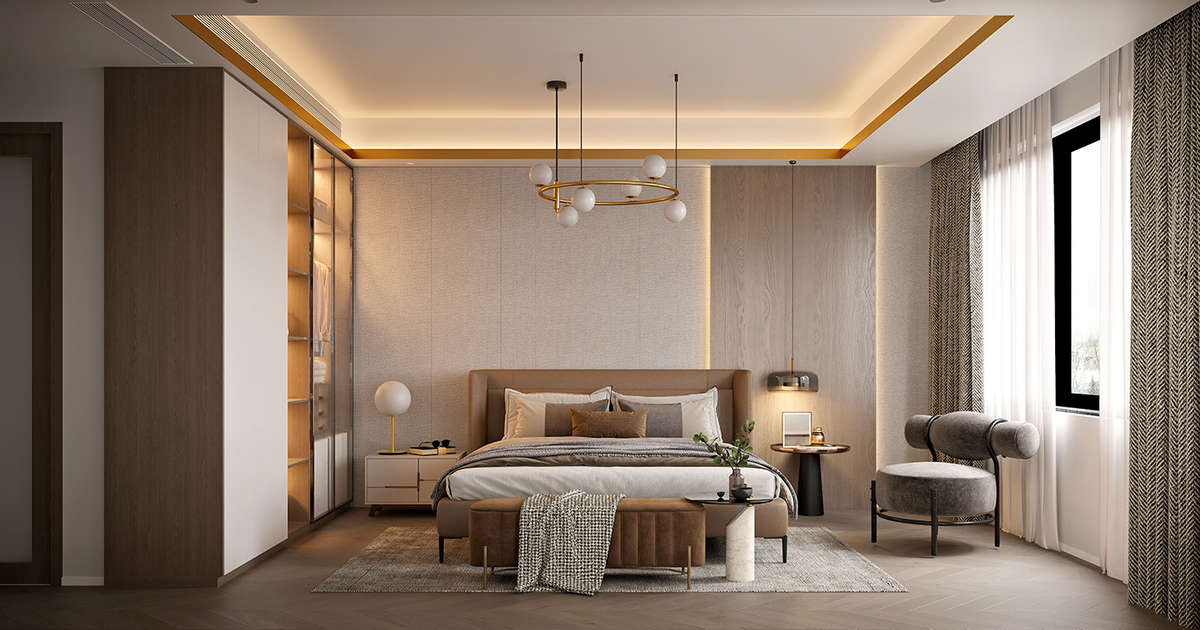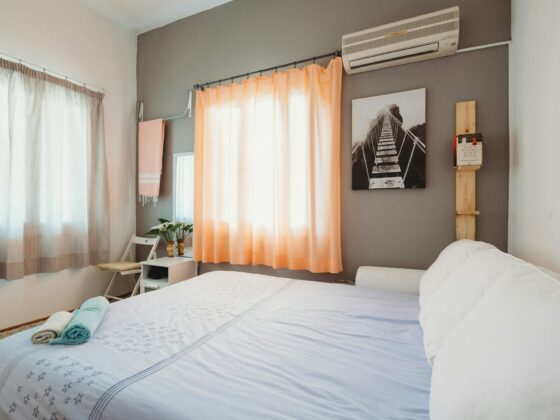
In the competitive landscape of modern hospitality, hotels are not merely selling a place to sleep; they are selling an experience, a memory, a story. For decades, hotel design has relied on static elements—décor, furniture, art—to set a scene. But a scene is not a story. A story has a beginning, a middle, and an end; it unfolds over time and evokes a range of emotions. Today, by integrating smart automation into the core of the design process, hoteliers and designers have a powerful new medium to move beyond static scenes and become authors of a dynamic guest journey.
Viewing automation as a narrative device, rather than a back-of-house utility, allows us to craft responsive environments that guide a guest’s emotional arc from arrival to departure. It transforms the physical space into an active participant in the guest’s experience, capable of creating feelings of welcome, tranquility, and delight. This is the new frontier of hotel design: crafting emotional journeys through intelligent, responsive spaces.
The First Chapter: A Personalized Welcome
A guest’s story begins the moment they open their hotel room door. This first impression is a critical opportunity to set a positive emotional tone. A traditional, dormant room is a missed opportunity—a blank page. A smart room, however, can offer a powerful, personalized greeting that instantly communicates a message of care and anticipation: “We’ve been expecting you.”
Imagine a guest entering their room for the first time. Instead of fumbling for a key card slot in the dark, the room comes alive. The lights fade up with a gentle, welcoming warmth, the sheer curtains glide open to reveal a stunning city view, and a soft, ambient melody begins to play. This is not merely a sequence of technical events; it is a carefully orchestrated welcome. As seen in properties like the Aria Resort & Casino in Las Vegas, this single, synchronized moment can replace the impersonal feeling of a generic room with the excitement of a bespoke experience. By automating this first chapter, hotels can ensure every guest begins their stay feeling seen, valued, and instantly at ease.
The Heart of the Story: A Sanctuary for Well-Being
Once the initial welcome has been established, the narrative shifts to the core purpose of a hotel room: to serve as a sanctuary. In this part of the story, the environment must adapt to support the guest’s well-being, creating a haven from the stresses of travel. Smart automation is the key to crafting this deeply restorative atmosphere.
The journey begins with light. Human-centric lighting systems can be programmed to mirror the natural cycle of the sun, shifting from the cool, energizing blue tones of morning to the warm, amber hues of evening. This regulation of light intensity and color temperature helps align the guest’s internal circadian rhythm, promoting better sleep at night and enhancing alertness during the day. The result is a subtle yet profound sense of well-being, as the room itself helps the guest feel more balanced and rested.
This sense of a sanctuary is reinforced by ensuring the air itself is clean and healthy. IoT sensors can continuously monitor indoor air quality, detecting elevated CO2 levels or pollutants and automatically adjusting ventilation systems in real-time. Since poor air quality is linked to headaches, drowsiness, and decreased cognitive function, proactively managing it is a tangible way a hotel demonstrates its commitment to guest health.
Finally, a true sanctuary must be peaceful. In a busy hotel, ambient noise can be a constant distraction. Sound masking technology introduces a subtle, engineered background sound that makes intrusive noises and distant conversations less intelligible. This creates a “bubble” of privacy and focus, allowing guests to work without interruption or simply relax in a state of tranquility. Together, these automated elements tell a story of care, actively working to restore the guest’s mind and body.
The Unforgettable Details: Moments of Magic and Delight
Great stories are defined by their memorable moments—the small, unexpected details that create a lasting impression. In a responsive hotel, automation is the author of these “plot twists” of delight, turning mundane interactions into moments of magic. It’s in these details that a hotel can truly differentiate its narrative.
Consider the simple act of turning off the lights. In a standard room, a switch clicks, and the room is plunged into darkness. In a thoughtfully designed responsive room, the experience is entirely different. A well-programmed lighting control system allows for smooth, almost imperceptible dimming transitions. When a guest selects a “goodnight” scene, the lights don’t just shut off; they fade gracefully over several seconds, a gentle cue to relax and unwind.
This elegance can be extended to the interplay between natural and artificial light.
Motorized window treatments can be synchronized with the lighting system. A “morning” scene, for example, could slowly open the blackout curtains as the interior lights brighten, creating a seamless and natural wake-up experience. Guests can also be given the power to co-author their own experience through curated scenes. From a bedside tablet, they could choose a “Relax” setting that dims the lights and closes the sheers, or a “Work” setting that provides bright, focused light at the desk. This level of control and responsiveness makes a guest feel empowered and catered to, transforming their room from a temporary lodging into their own personal environment.
The Production: Making the Magic Possible
Behind every great story is a well-run production, and the narrative of the responsive hotel is no different. The sophisticated, emotional journeys we can now design are made possible by technology that has become increasingly affordable, simple, and sustainable. The “magic” is, in fact, highly practical.
Historically, the cost and complexity of automation were significant barriers, especially for existing properties. Today, modern wireless mesh technologies have revolutionized the industry by making these systems accessible and easy to install. By eliminating the need for extensive cabling, central hubs, and control cabinets, wireless solutions can reduce installation costs by up to 60% and are ideal for retrofitting older buildings without major structural disruption. (1)
This practical foundation is also inherently sustainable. The same sensors that curate the guest’s emotional journey are also monitoring occupancy to reduce energy waste. Smart systems automatically adjust lighting and HVAC in unoccupied rooms, leading to energy efficiency improvements of 20-50% and directly supporting a hotel’s ESG goals. (2) This creates a powerful ROI, where reduced operational expenses in energy and maintenance help fund the very technologies that elevate the guest experience.
References
- Nile. “How to Calculate, Measure & Manage Network Costs | Nile.” Nile, 6 Aug. 2024, nilesecure.com/network-as-a-service/network-costs.
- Karvounidi, Maria, et al. “Towards Sustainable Hospitality: Enhancing Energy Efficiency in Hotels.” IRJEMS International Research Journal of Economics and Management Studies, vol. 3, no. 6, 2024, irjems.org/Volume-3-Issue-6/IRJEMS-V3I6P145.pdf, doi.org/10.56472/25835238/IRJEMS-V3I6P145.









